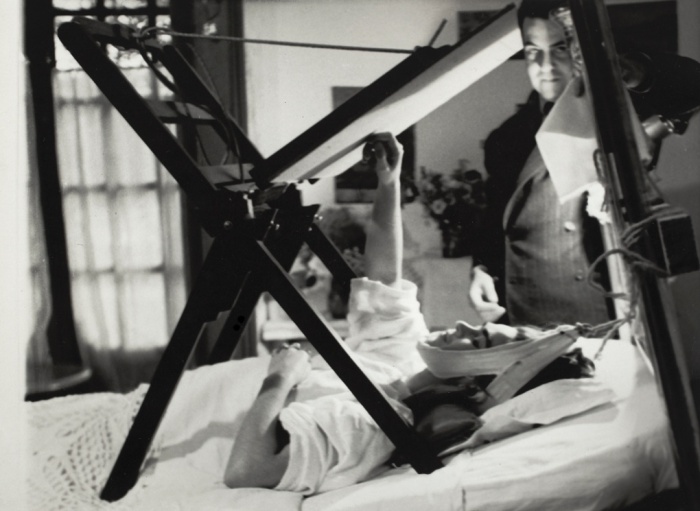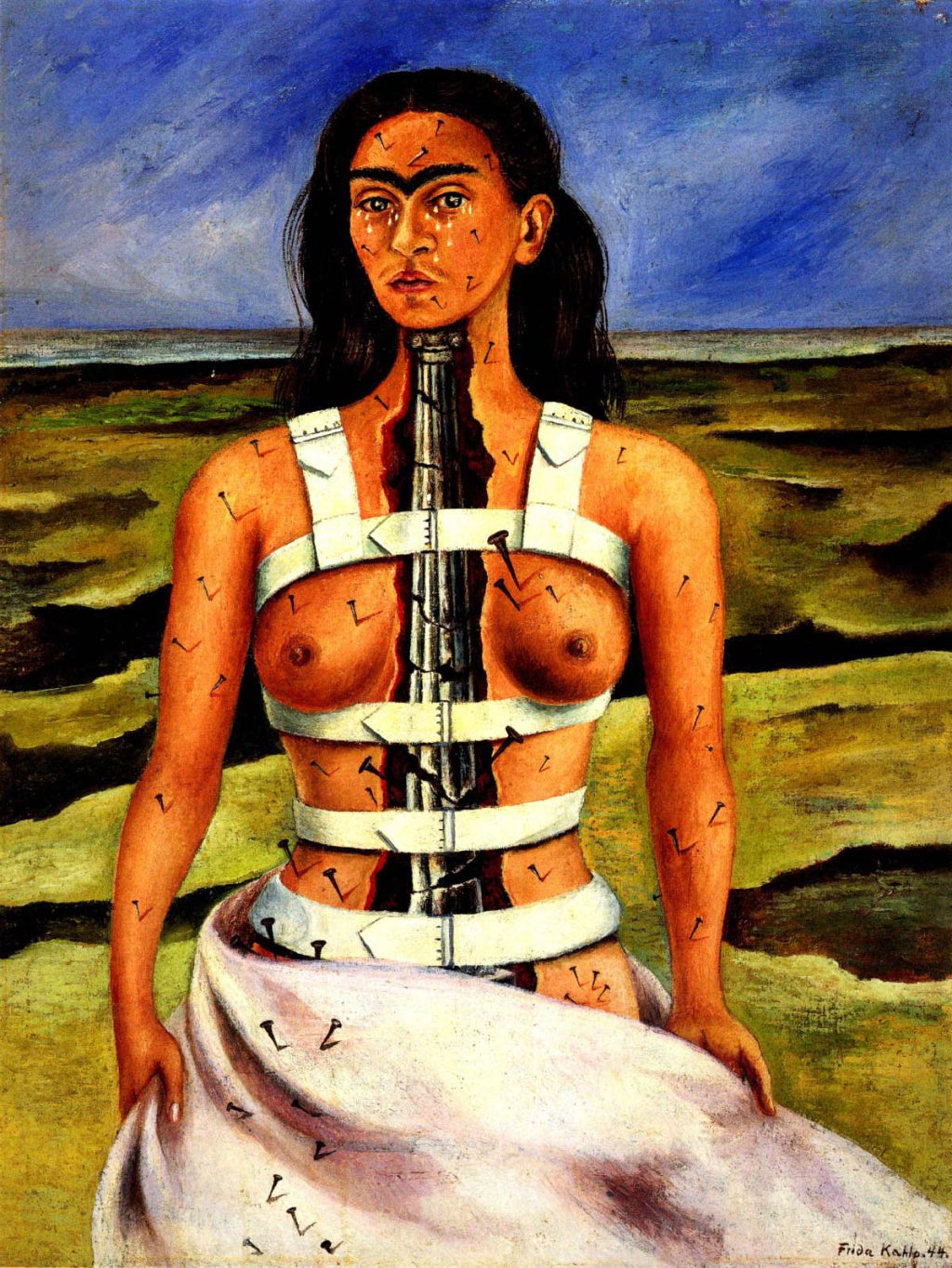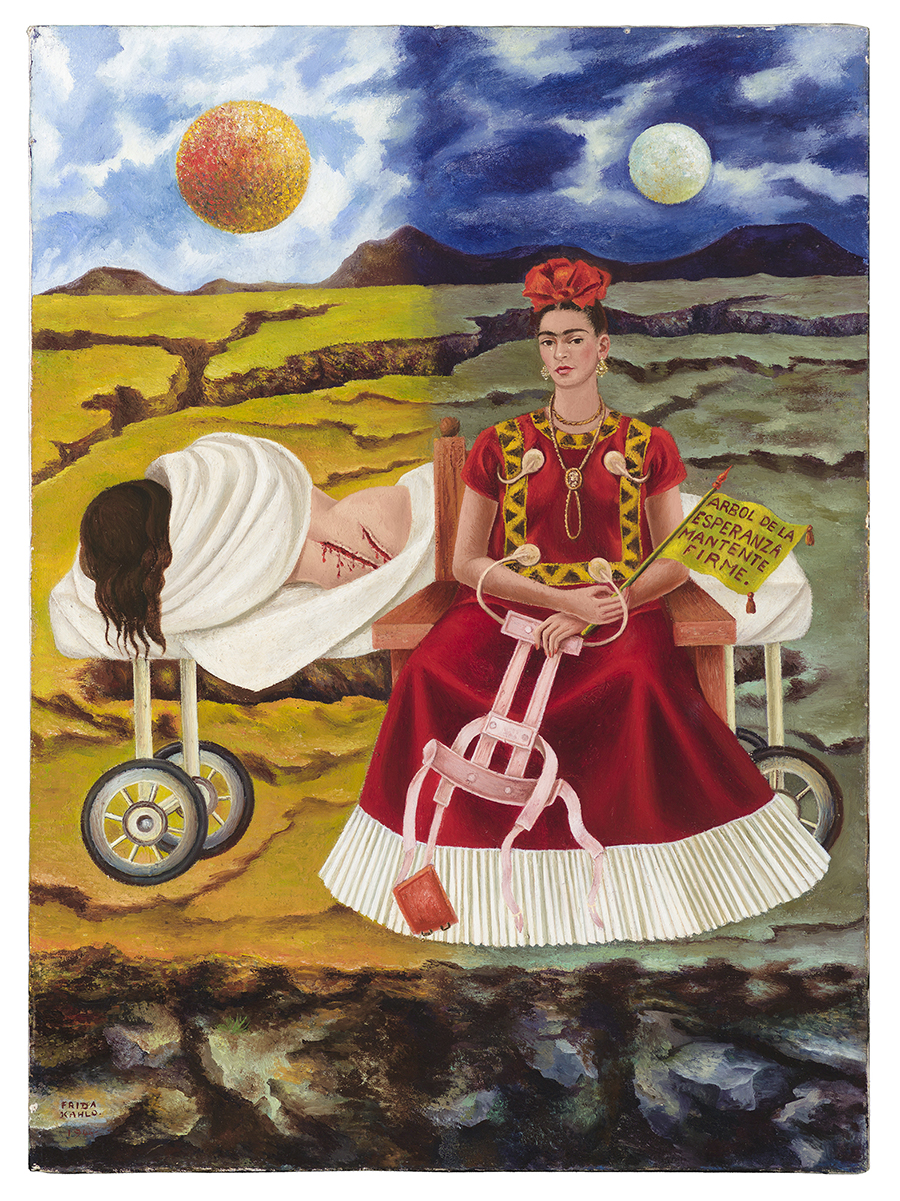Dual Impact
By Amanda LaLonde, PT, DPT
Our first meeting was a waiting room exchange. His skeleton frame barely held his wrinkled wind suit in place as his hands moved stepwise up his thighs to support erect standing. Chronic jaundice had colored his eyes and the scleras were no longer white. But his appearance was more than made up for by perfectly polished sneakers and his shiny white teeth. Before me stood a shadow of the frame that once walked through government offices and engaged patrons in weekly church sermons as a beloved pastor. A dedicated father, brother, husband, and friend shared what I would soon recognize as his signature smile. A smile that was oversized and enthusiastic. We began.
How one comes back from chronic kidney failure, two failed renal transplants, a liver transplant, and more than a year in and out of the hospital with complications was a mystery to me. The comeback, the return to life for Mr. A, became the challenge, our mutual goal. Watching Mr. A work around relentless internal pruritus (the constant sensation of itching) and skin stretched over a distended abdomen, an agonizing task for even the most determined of patients, almost brought me to tears. My admiration for this effort rose as his sweat fell. He pushed on.
Weeks passed and our bond strengthened. His physical gains, while small to the casual observer, were evidence to me of the mountain he was climbing. Without complaining or giving in, Mr. A always arrived early and wanted to make every treatment session last. We moved from no weights and assisted cycling to medicine balls and outdoor walks. Between repetitions I learned about his family, and he challenged me to remain focused on my long-term career goals. I was his teacher as he was mine; “Coach” so I was named.
Discharge day came and went. We hugged, we laughed, and later I sat, somehow saddened by this exit. What progress he had made. Not yet able to comprehend the finality of discharge day, the unknown. Would I see him again? Would he survive? Still frail and with medical complications, day-to-day struggles were commonplace for Mr. A.
Two years passed, yet I continued to reflect on the dedication to therapy that Mr. A demonstrated during our time together. These memories were a reminder of all the good that therapy can impart and were comforting during what was a particularly challenging day at work. My busy caseload and the mental exhaustion of trying to engage unmotivated patients made me wonder about my role as an acute care therapist. How did I get here and why? What more could I do to engage my clients? I walked an unknown path and sat in an unfamiliar bagel shop, frustrated, unsure if I could continue through the afternoon. Unable to focus from the rush of my emotions, I almost missed his entrance.
His frame still rested beneath oversized clothes. His gait was now guarded, slow, his feet wide. Despite the physical effort it took for Mr. A to walk from his car into the bagel shop, he showed no strain as he flashed his signature smile.
The placement of him in my life during a day of great personal conflict was amazing. I paused for a moment, remembering all the joy that my career and my patients had brought to my life. A certain calming clarity came over me. Mr. A and I shared an upbeat exchange as we laughed and reminisced about our first meeting.
While Mr. A didn’t disclose the severity of his current condition and the terminal nature of his illness, his body spoke of it all. We wrapped up and I walked him to his car. He made one last gesture before we said goodbye. Beneath papers, magazines, and an old baseball cap, Mr. A found a CD and proudly handed it to me. A CD of his sermons was a gift to me on that most difficult day. After a thank you and a hug, we parted ways.
Two weeks later Mr. A was featured in the paper. He was honored in his passing as a respected community advocate and preacher. The gaunt frame that I knew best was missing in his memorial photo, but his signature smile remained.
Many times I have had the privilege of impacting a life. More often as a therapist, however, I am the one who is impacted. I see the struggles of my patients and admire their efforts. I am fortunate to walk alongside them during their rehabilitation journeys.
As a physical therapist, I am trained to assess patients with movement limitations and provide the best possible treatment to restore function. My experience with Mr. A reminds me that my role in caring for patients is so much more. When confronted with an illness experience, we must be willing to jump into the messy details of human encounters and the humanity of the lived experiences of disease or injury. Hopes, fears, dreams, expectations, and trust interplay in our exchange, shaping outcomes.
Whether it is a challenging personality, a complex history, or an emotional plea, if I fail to engage the patient then my work is incomplete. When patients work toward their goals with purpose, my purpose as a physical therapist is realized: to heal, teach, and serve. This dual impact speaks to a bigger goal, a greater outcome. It is simply the work that we do.






 Member since 2019 | JM14274
Member since 2019 | JM14274


NO COMMENT